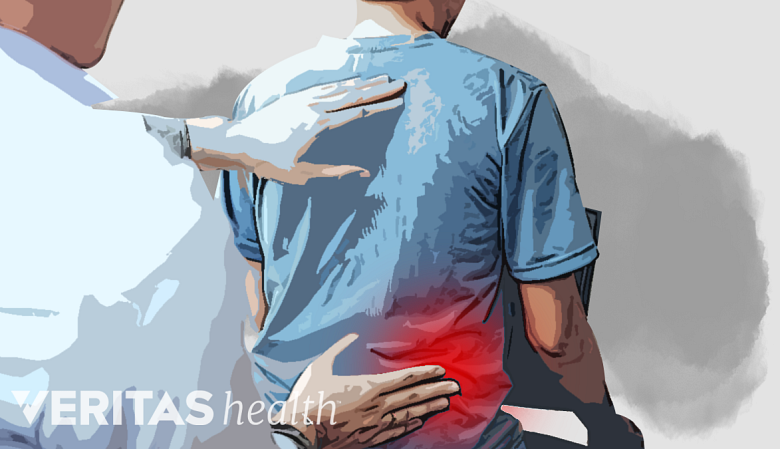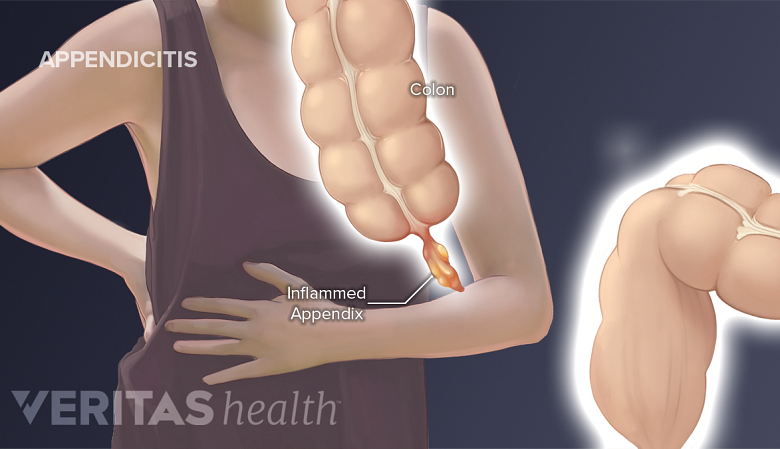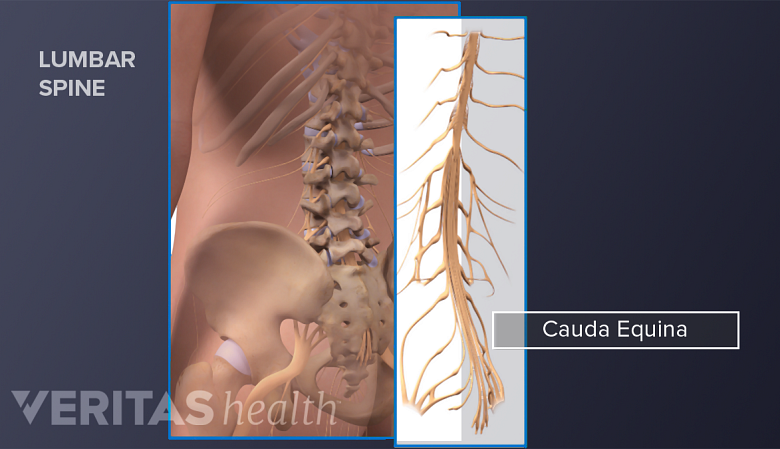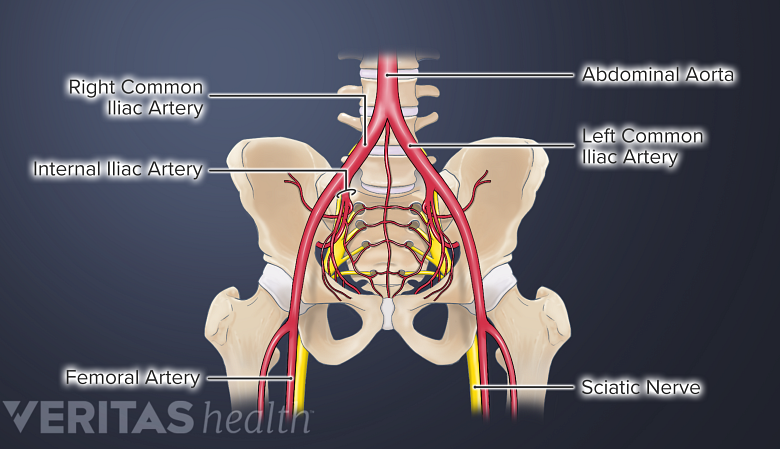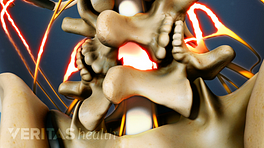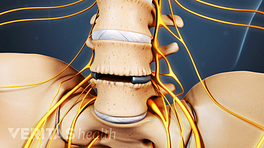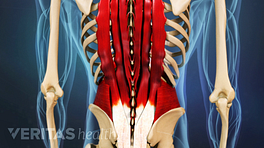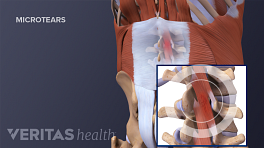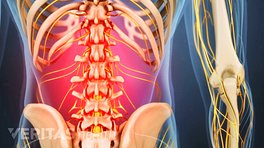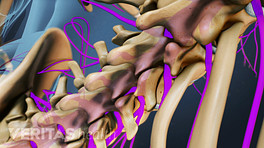In some cases, low back pain is felt entirely or primarily on the right side rather than spread evenly across the back. Understanding the possible causes of lower right back pain, as well as its typical characteristics, can help lead to an accurate diagnosis and more effective treatment.
In This Article:
- A Guide to Lower Right Back Pain
- Lower Right Back Pain: Tissues & Spinal Structures
- Lower Right Back Pain from Internal Organs
- Lower Back Pain Causes and Symptoms Video
General Causes of Lower Right Back Pain
Injury to the muscles, ligaments, and surrounding structures may lead to lower back pain.
Lower right back pain most commonly results from the following general sources:
- Injury to the muscles, ligaments, and/or tendons surrounding and supporting the spine (collectively called soft tissues)
- Problems with the spinal structures, such as the facet joints or intervertebral discs
- Issues or diseases affecting the internal organs in the mid-back, abdominal, or pelvic regions
Watch: Causes of Lower Back Pain Video
Seeing a doctor is recommended if lower right back pain continues or worsens after a few days, or if there is sudden onset of severe pain, or if it occurs with other concerning symptoms.
See When Back Pain May Be a Medical Emergency
Most cases of low back pain stem from minor injuries to the muscles and/or ligaments in the lower back, and the body is usually well-equipped to heal itself after these types of injuries. While the initial pain of a muscle strain may be significant, the pain tends to subside on its own over a few days or weeks.
Lower Right Back Pain and Emergency Symptoms
In some cases, lower right back pain can be one sign of a serious condition needing attention from a health professional. For example, the following potentially serious conditions may include lower right back pain as one of the symptoms:
Appendicitis
An inflamed appendix may cause sharp, intense lower right back pain.
This condition occurs when the appendix, located in the lower right hand side of the abdomen, becomes inflammation and/or ruptures. It may cause sharp, intense lower right back pain and/or pain on the lower right side of the abdomen. Symptoms vary and may include nausea, vomiting, or fever. Symptoms may occur suddenly or develop gradually.
Cauda equina syndrome
Compression of cauda equina nerves may lead to lower right back pain.
This condition occurs when the nerve roots exiting the bottom of the spinal canal in the lower back region become compressed and inflamed. Symptoms vary with cauda equina syndrome, but typically will include some degree of bowel and/or bladder dysfunction, as well as sharp pain and significant weakness, numbness, or tingling in the lower body.
Abdominal aortic aneurysm
Rupture of the abdominal aorta is a serious medical condition.
An aneurysm in the abdominal area refers to the ballooning or rupture of the abdominal aorta. The range of symptoms will typically include severe, sudden-onset abdominal and/or low back pain, and symptoms of low blood pressure such as fainting and/or nausea.
See Abdominal Aortic Aneurysm Symptoms
Osteomyelitis
This is an infection in the spine. It will typically present with significant back pain, along with a fever. Additional symptoms may include unexplained weight loss and possible swelling, redness, or tenderness around the spine.
Patients need to use their judgment in seeking medical attention; as a general rule, it is advisable to see a doctor if the back pain is severe to the point of interrupting daily functions, such as walking, standing, or sleeping, and/or if intense back pain comes on suddenly and does not seem to subside with rest or pain medications.
See Medications for Back Pain and Neck Pain
The above list is not intended to be an exhaustive list of all possible causes of lower right back pain. For example, chronic pain conditions, such as fibromyalgia or ankylosing spondylitis, which affect large portions of the musculoskeletal system.

